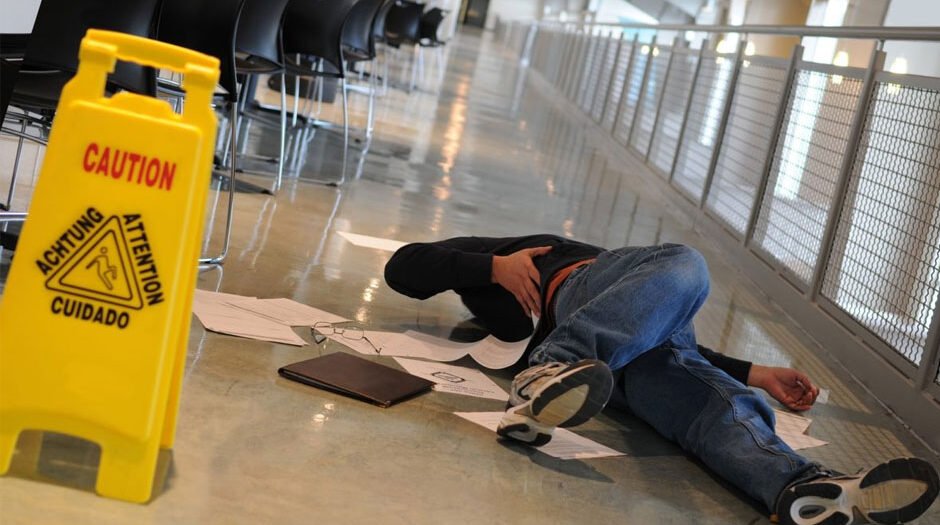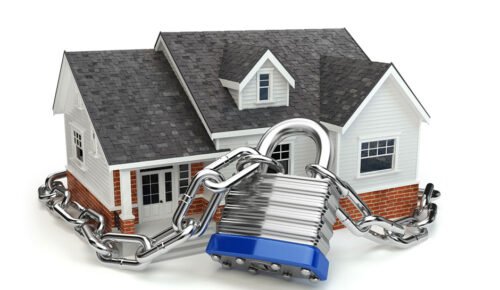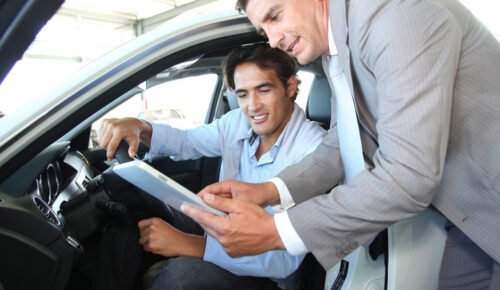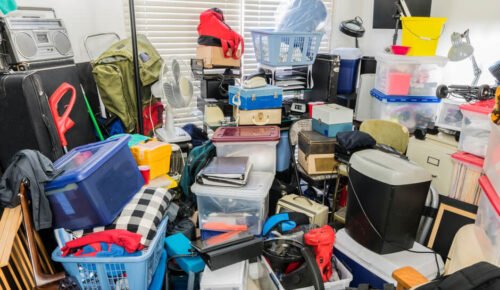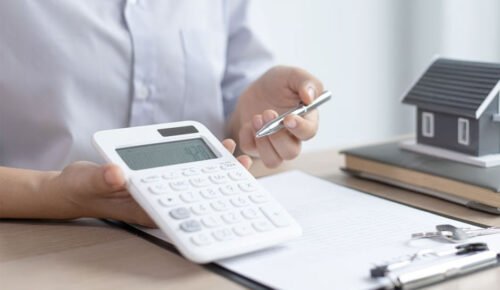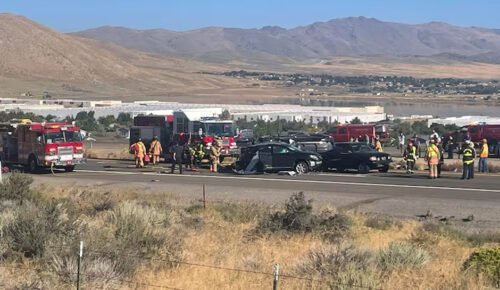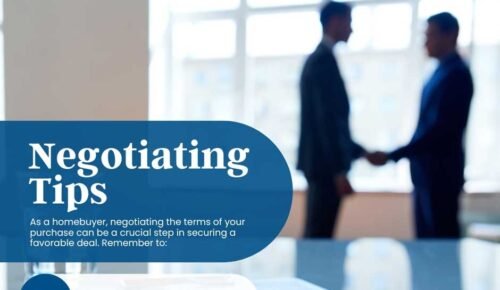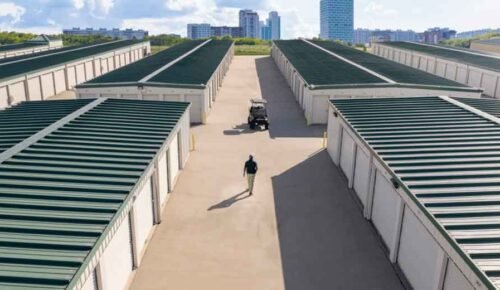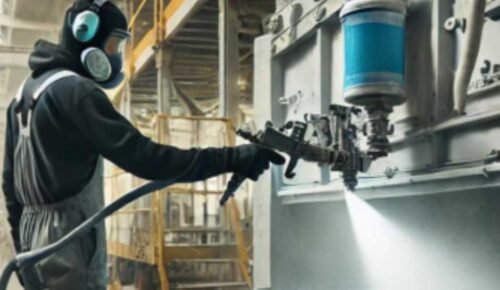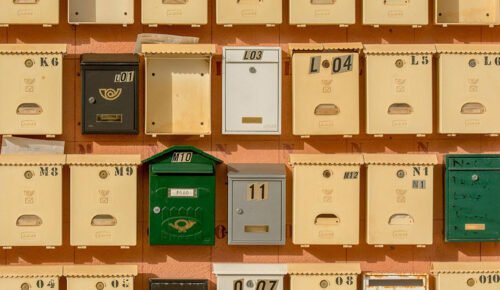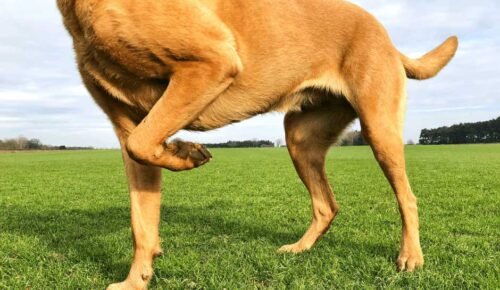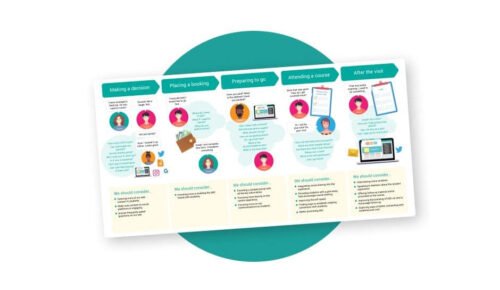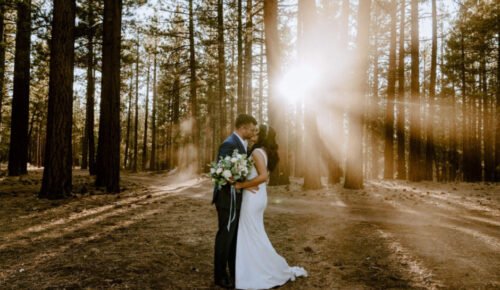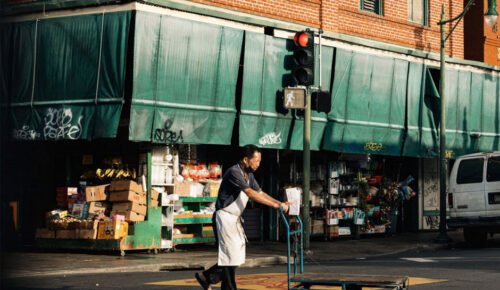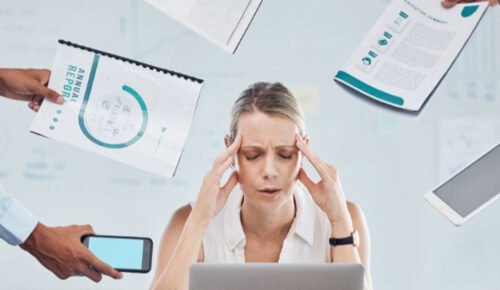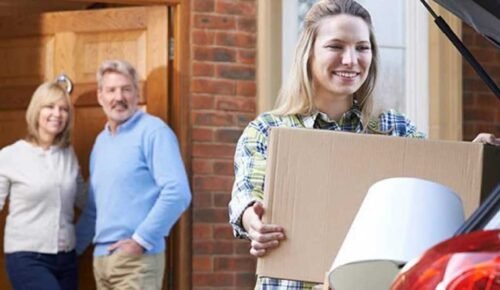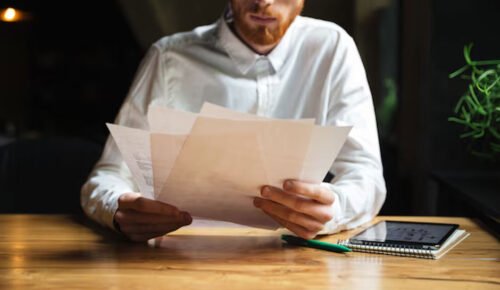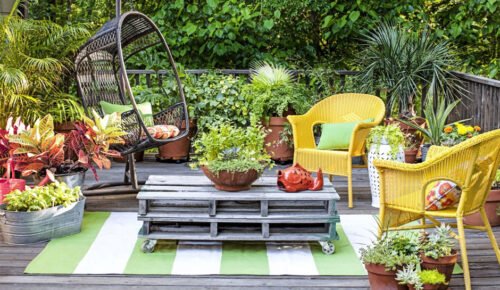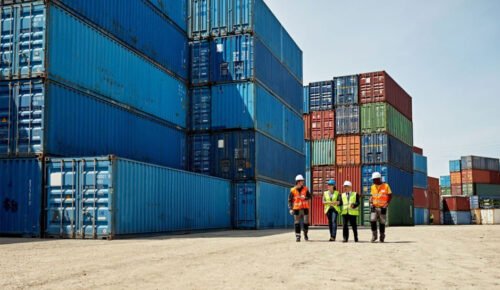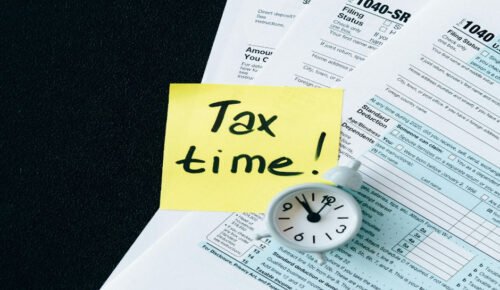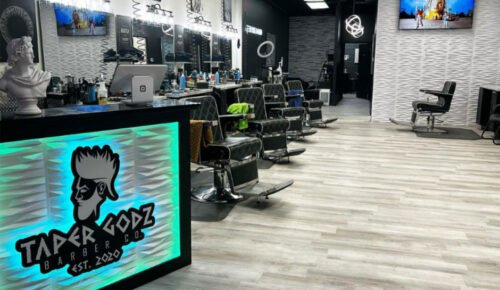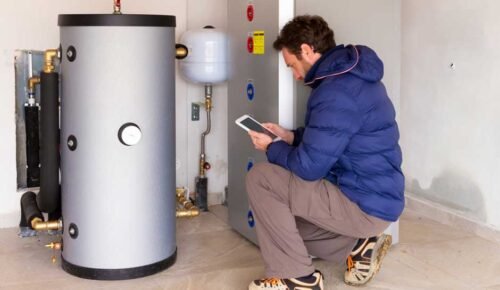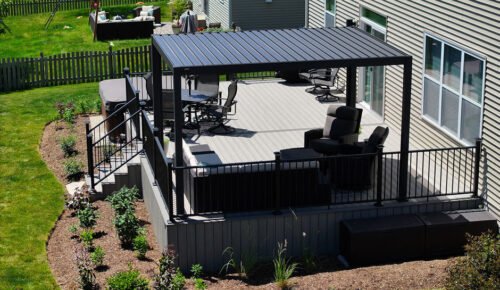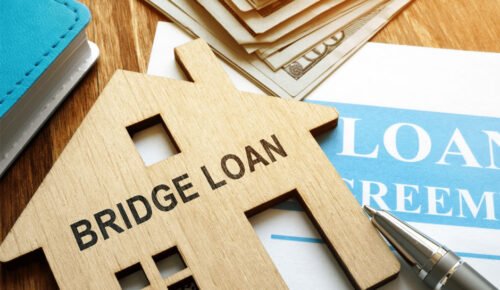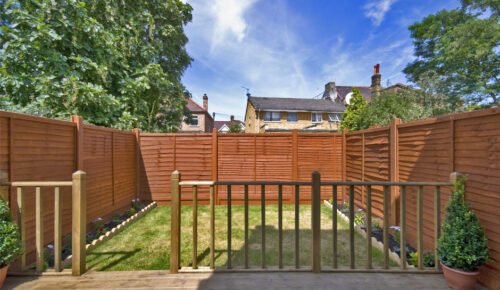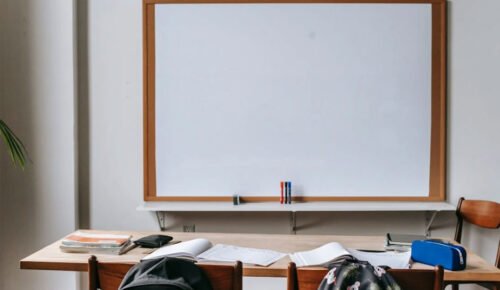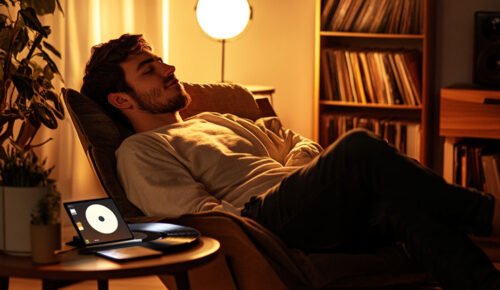Premises liability is a fundamental concept in personal injury law crucial in determining the outcome of slip-and-fall injury claims. Whether pursuing compensation after a slip-and-fall incident or seeking clarity on your responsibilities as a property owner, having a thorough understanding of premises liability is crucial.
This legal principle dictates property owners’ obligations to maintain a safe environment and holds them accountable when they fail to fulfill these responsibilities. Understanding the complexities of premises liability is essential for individuals seeking compensation and property owners looking to protect their legal interests.
What Is Premises Liability?
Premises liability refers to the legal responsibility that property owners and occupiers have to ensure their premises are safe for anyone who enters. This includes identifying and fixing hazards that could harm visitors. In the context of slip-and-fall injury claims, premises liability determines whether the property owner can be held liable for the injuries sustained by the victim.
Understanding the scope of premises liability is crucial for anyone pursuing a slip and fall claim. It involves assessing the property’s condition, the owner’s awareness of any hazards, and the steps they took to address potential dangers.
The Duty of Care in Premises Liability
Premises liability is a legal concept that holds property owners responsible for maintaining a safe environment for individuals. This responsibility is based on the “duty of care,” requiring property owners to make their premises reasonably safe and warn visitors about potential dangers. This duty applies to different types of visitors, including invitees (such as customers), licensees (such as social guests), and even trespassers. However, the level of care varies depending on the visitor’s status.
In slips and falls, proving that the property owner failed to fulfill their duty of care is critical. This may involve demonstrating that the owner knew or should have known about a dangerous condition on the property but did not take appropriate action to address it or warn others about it. Evidence of negligence, such as lack of maintenance, failure to provide warnings, or inadequate security measures, could also be crucial in premises liability cases.
Proving Negligence in Slip and Fall Claims
Negligence is a critical factor in any slip and fall injury claim. To succeed in such a claim, the victim must demonstrate that the property owner’s negligence directly led to their injury. This often requires gathering evidence such as photos of the hazard, witness statements, and maintenance records to prove that the owner was aware of the dangerous condition and did nothing to address it.
Successfully proving negligence can make or break your claim, as it directly influences whether or not you will be awarded compensation for your injuries. A thorough understanding of the elements of negligence—duty, breach, causation, and damages—is crucial in this process.
The Role of Comparative Negligence
Comparative negligence is a legal principle that can significantly impact the outcome of your slip and fall claim. If you are found to be partially responsible for your injuries—for instance, by not paying attention or disregarding warning signs—your compensation may be reduced accordingly.
In many states, including Virginia, if a victim is found to be slightly at fault, they may be barred from recovering compensation under the doctrine of contributory negligence. Understanding comparative negligence is vital for anyone pursuing a slip-and-fall claim, as it can determine the final damages awarded.
Common Defenses in Premises Liability Cases
Property owners and insurers often use several common defenses to avoid or reduce liability in premises liability cases. Here are some of the key defenses they may raise:
- “Open and obvious” hazard: They may argue that the hazard was visible and that the victim should have noticed and avoided it, thus placing some or all of the blame on the injured party.
- Trespassing: If the victim was on the property without permission, the defense might claim that the property owner owed no duty of care, reducing or eliminating liability.
- Comparative negligence: They might assert that the victim’s actions contributed to the accident, potentially reducing the compensation awarded based on the victim’s percentage of fault.
- Assumption of risk: This defense argues that the victim knew of the danger and voluntarily chose to encounter it, which could limit or bar recovery.
- Lack of notice: The property owner may claim they had no knowledge of the hazard and could not have taken steps to fix it in time.
The Importance of Evidence in Strengthening Your Claim
Gathering and preserving evidence is critical to the success of a slip and fall injury claim. Key evidence includes photographs of the accident scene, medical records documenting your injuries, and witness statements that corroborate your account of the incident.
The more detailed and compelling your evidence, the stronger your claim. This evidence helps establish the property owner’s negligence and supports the extent of your injuries and the resulting damages. Without sufficient evidence, even a legitimate claim can be difficult to prove.
How an Attorney Can Help Navigate Premises Liability
Navigating the complexities of premises liability and slip and fall injury claims can be daunting without legal expertise. An experienced attorney can help you understand your rights, gather crucial evidence, and build a strong case. They can also negotiate with insurance companies on your behalf, ensuring that you receive a fair settlement.
Having a knowledgeable attorney by your side can make a significant difference in the outcome of your claim. They can identify the nuances of your case, anticipate potential defenses, and advocate for the maximum compensation you are entitled to.
The Impact of Property Type on Premises Liability
The type of property where a slip-and-fall accident occurs can significantly influence a premises liability claim. Different types of properties—residential, commercial, public, or private—carry varying levels of responsibility for maintaining safety. For example, commercial property owners are typically held to a higher standard of care due to the higher volume of visitors. In contrast, residential property owners may have different obligations depending on whether the injured person is a guest or a trespasser.
Understanding the specific responsibilities of the property type is crucial for building a strong slip-and-fall claim. It helps clarify the expectations placed on property owners and occupiers, which can impact the success of your case. An attorney can help navigate these distinctions and ensure that the unique aspects of your situation are effectively addressed in your claim.
Preparing for a Slip and Fall Trial
While many slip and fall injury claims are settled out of court, some cases may proceed to trial if a fair settlement cannot be reached. Preparing for a trial involves extensive planning and strategy, including presenting compelling evidence, expert testimonies, and a clear narrative that outlines the property owner’s negligence and its direct impact on your injuries.
The trial process can be complex and daunting, but with the right legal representation, you can confidently navigate it. Your attorney will play a crucial role in preparing you for trial, ensuring that your case is presented in the strongest possible light to the judge or jury.
